Fiddle Leaf Forum
User
5 years ago
last modified: 5 years ago
Featured Answer
Sort by:Oldest
Comments (54)
User
5 years agoRelated Discussions
Rooting a single leaf cutting from a fiddle leaf fig
Comments (10)I have written about how to propagate fiddle leaf fig here- https://www.apieceofrainbow.com/fiddle-leaf-fig/ I rooted 4 stem cuttings and 1 leaf, shown above. the leaf did not survive, but i think it is because of competition- i planted it in the same pot as 2 other stem cuttings, which grew rapidly. the african violet leaves i rooted has grown into plants. what happens is that small bud will grow from the roots and turn into branches. i think FLF works the same =) https://www.apieceofrainbow.com/grow-african-violet/...See MoreFiddle Leaf Fig/Ficus Lyrata lower leaf growth/pruning HELP!!
Comments (9)If it were mine and I wanted it pretty much the way it is now, single stem with a bushy top, I would cut it back below the branches on each prong of the 'trident'. Put it outside in partial shade for a couple weeks to acclimate, and then move to full sun. Ficus back bud easily, and full sun will encourage this. Once new growth is under way, move into part shade so as not to produce sun leaves, which will not like being moved into a relatively dark house for winter. Ficus are known to drop their leaves if a shadow passes over them lol. If you want a bushy plant that branches near the soil line, you can cut the main stem to 6-12 inches, and proceed as above. There is a chance, however slight, that the plant will not like being chopped on and turn up it's toes, but I think it's a chance worth taking considering the state the plant is in now....See MoreFiddle Leaf Fig (Ficus Lyrata) leaf issues
Comments (11)You're using the dowel correctly. Water when it first comes out dry. I will begin fertilizing per your recommendations--additional info to ensure I am using a good fertilizing regimen would be helpful. I'm not sure how often I should fertilize, and how that will change when the plants go dormant, and when that may be...I would expect that in October they would be at the end of their growing season, but they have both put out two new leaves in the last few weeks. They won't go completely dormant, but they will become largely quiescent or at rest but growing slowly. How fast they grow depends primarily on light levels, temperatures, and nutrition. If you invest in a container of Foliage-Pro 9-3-6, you won't need anything else. Did you read the link I left above about how to deal with water-retentive soils? My plan would be to flush the soil thoroughly asap, then fertilize with a full recommended solution of the FP 9-3-6. It makes more sense by far to tie your fertilizing frequency to your watering frequency. If you continue to water in sips for the winter, flush the soil every 6th time you water and fertilize right after with a full recommended dose. Using a full dose when the soil is still saturated means there won't be a full strength concentration in the soil solution because of all the water already in the soil. People that simply recite the advice that you shouldn't fertilize in winter usually tell you that the plant doesn't need fertilizer because it's not growing, but nutrients are used by the plant to keep its systems orderly and do more than grow, so your plant needs a full compliment of nutrients in the soil all year long. The plan I just laid out will help you maintain the proper ratio of nutrients at an appropriate concentration and prevent the ratio of nutrients (each to the others) from becoming out of balance, which can very quickly become a serious issue if you're watering in sips. More on flushing the soil if you actually plan on following that advice. You'll also find plenty of good info that will help turn your plant around if you follow the link. Speaking of, the plant that put out the deformed leaf is now producing leaves with holes...at first I feared it was pests, but it looks like they are just developing with holes in them. Would this be caused by the same water/fertilizing issues we've discussed? Very commonly, dry air causes a leaf of F lyrata to stick to itself before it unfurls. As the leaf opens, the 'stuck together' part often tears, leaving split leaves, or if the entire piece of tissue that's stuck to another part of the leaf's surface pulls free - a hole. This is very common in leaves that unfurl in winter when humidity is VERY low or in leaves that are in a cool, air-conditioned environment - especially if the cooled air blows over the plant. There are some nutritional issues that can cause weak or dead spots in the tissues of young leaves, but getting on a sound fertilizing schedule should put a stop to that. Al...See MoreMy first FLF Tree. Input on the best course for its future
Comments (1)"I want to encourage this tree to be more fuller, bushier on top, and not shoot out long, unruly branches. I am interested in "notching" the tree." Ramification is a term used to describe branch and leaf density. The best way to increase ramification is by regular pinching, but notching can be helpful in some cases. Timing of both procedures has a considerable impact on how how responsive the tree is to your ministrations. Auxin is a growth regular that moves in a polar flow (shoots to roots) in the plant, with one of its effects being inhibition of the bud breaks that result in lateral branching. Notching above an existing leaf or above a bundle scar (a scar in the periderm serving as evidence of where a leaf was once attached) creates a physical diversion of auxin produced above the notch (if you remove all tissues down to the xylem), primarily in apices and young leaves. When the flow of auxin is diverted around the latent bud, its suppressive effects are diminished or eliminated and the buds can become active. The technique is most effective when the tree has plenty of expendable energy reserves and energy/food-making ability is at or near peak levels - so June and July would be the best months to notch in almost all of the US. Pinching removes the source of auxin, rather than diverting it around latent buds, and is also most effective in the early to mid-summer months of June through July. Both of these techniques can work at any time of the year, but your plant will respond with the greatest measure of enthusiasm if you pay attention to its condition and natural rhythms. Pinching/pruning will serve you much better than notching, unless you have good reason not to pinch or prune, AND you have need to stimulate a branch to grow in a particular spot. If your tree was a species with smaller leaves, you'd be better served to thread or approach graft as a way to produce a branch in a key position than to rely on notching. Notching above an existing branch will not affect the branch or how it grows, so notching with the hope it will change the growth rate of an existing branch won't bear fruit. You can increase growth in a given branch by several methods - reducing the size of other branches on the tree, partially or fully defoliating other branches, through foliar applications of nutrients, or by training the branch tip to a vertical position and pruning the vertical part off after the desired amount of growth has occurred. You can also tip prune the branch you'd like to see enhanced growth in, and train the new branches that occur proximal to the pruning cut to a vertical position, then remove the vertical 'sacrifice' branches once the desired amount of growth has been achieved. "Also for fiddle leafs, are there buds on the main trunk or branches to notch above to encourage branch development? I can't seem to find any." There are latent (dormant) buds in all leaf axils (crotches) and immediately above all bundle scars, just waiting to receive stimuli that activates them. Favorable temps, lots of light, lots of air movement, nutrition in the adequate to luxury range, and a healthy root system all favor full and healthy growth. Adventitious buds can also form anywhere on trunk or branches with appropriate stimuli. Very often, complete defoliation of a very healthy tree in early summer results in buds breaking EVERYWHERE. See this smaller leafed species of Ficus: This ^^^ is after tip pruning and near total defoliation. This is about 5% of the foliage that existed on the tree (Ficus retusa) before pruning/wiring. This ^^^ is the same tree about a month subsequent to the first image. You can see the extreme adventitious back-budding that occurred. Moss experiments flanking the tree on both sides. "I was thinking I should wait until spring to start fertilizing with Foliage Pro?" You should be fertilizing regularly, but not all soils will allow regular fertilizing during fall/winter months w/o a plan that eliminates mineral salt accumulation in the soil (solution). If you have interest in digging deeper, just ask. Staking reduces trunk strength, more so in trees planted out because it inhibits flexing of the trunk, which stimulated lignin production. Lignin is the part of the wood that adds hardness and strength. Al...See MoreNeed2SeeGreen 10 (SoCal)
5 years agoTiffany, purpleinopp Z8b Opp, AL
5 years agolast modified: 5 years agommauenn
5 years agoUser
5 years agotropicofcancer (6b SW-PA)
5 years agolucillle
5 years agolast modified: 5 years agotropicofcancer (6b SW-PA)
5 years agoTiffany, purpleinopp Z8b Opp, AL
5 years agoUser
5 years agoSage TX 9a
5 years agolast modified: 5 years agotapla (mid-Michigan, USDA z5b-6a)
5 years agolast modified: 5 years agommauenn
5 years agotapla (mid-Michigan, USDA z5b-6a)
5 years agolast modified: 5 years agoTiffany, purpleinopp Z8b Opp, AL
5 years agolast modified: 5 years agoMatthew Galloway
4 years agotapla (mid-Michigan, USDA z5b-6a)
4 years agoMatthew Galloway
4 years agotapla (mid-Michigan, USDA z5b-6a)
4 years agoMatthew Galloway
4 years agotapla (mid-Michigan, USDA z5b-6a)
4 years agoLauren Gaydosh
2 years agotapla (mid-Michigan, USDA z5b-6a)
2 years agolast modified: 2 years agoLauren Gaydosh
2 years agotapla (mid-Michigan, USDA z5b-6a)
2 years agoLauren Gaydosh
2 years agoLauren Gaydosh
2 years agotapla (mid-Michigan, USDA z5b-6a)
2 years agolast modified: 2 years agoclairebell1983
2 years agolast modified: 2 years agotapla (mid-Michigan, USDA z5b-6a)
2 years agoclairebell1983
2 years agoclairebell1983
2 years agoclairebell1983
2 years agoclairebell1983
2 years agoclairebell1983
2 years agotapla (mid-Michigan, USDA z5b-6a)
2 years agolast modified: 2 years agoclairebell1983
2 years agotapla (mid-Michigan, USDA z5b-6a)
2 years agoMolly Greenheck
2 years agotapla (mid-Michigan, USDA z5b-6a)
2 years agolast modified: 2 years agoclairebell1983
2 years agotapla (mid-Michigan, USDA z5b-6a)
2 years agoMolly Greenheck
2 years agotapla (mid-Michigan, USDA z5b-6a)
2 years agoMolly Greenheck
2 years agoLauren Gaydosh
2 years agotapla (mid-Michigan, USDA z5b-6a)
2 years agolast modified: 2 years agoJeanie Lee
last yeartapla (mid-Michigan, USDA z5b-6a)
last year
Related Stories

DECORATING GUIDESA Glimmer of Gold Leaf Will Make Your Room Shine
Make a unique, unexpected statement in any space with this precious metallic finish
Full Story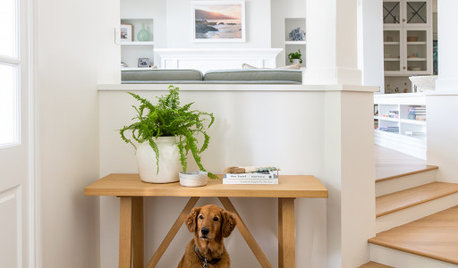
CONTAINER GARDENSConsider These 10 Pet-Safe Houseplants
Help keep cats and dogs healthy with the right selection of indoor plants
Full Story
HOUSEPLANTSPlay Up Some Fiddleleaf Figs for a Lively Indoor Tune
Strike a dramatic chord in a minimalist scene or a country note in a rustic setting — fiddleleaf fig plants harmonize with any style
Full Story
ROOTS OF STYLEDesign Through the Decades: The 1940s
Midcentury designers turn their attention to household storage, family rooms, molded furniture and movie star glam
Full Story
HOUSEPLANTS10 Top Plants to Grow Indoors
Brighten a room and clean the air with a houseplant that cascades artfully, stretches toward the ceiling or looks great on a wall
Full Story
HOUSEPLANTS8 Essentials for Healthy Indoor Plants
Houseplants add so much to our homes — and can thrive when grown in the right conditions. Keep these tips in mind
Full Story
LIVING ROOMSNew This Week: How to Punch Up a Modern White Living Room
Consider these easy combinations to bring personality, color and texture to your neutral backdrop
Full Story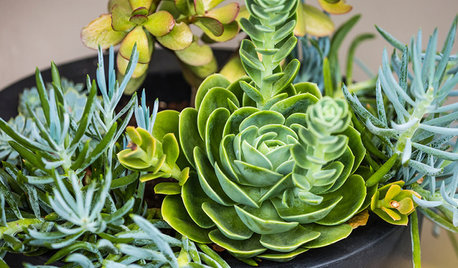
SUCCULENTSGardening 101: What to Know About Propagating Succulents
Here’s how to grow more succulents from the plants you already have
Full Story
ARCHITECTUREHouzz Call: Show Us Your Logo!
A picture is worth a thousand words, but your company’s symbol may be worth its weight in gold. We’d like to hear the graphic details
Full Story
MOST POPULARThe Perfect Houseplant for People Who Kill Houseplants
If you can fill a jar with water, you can keep golden pothos vine happy — and it will pay you back with cleaner air and a greener home
Full StorySponsored



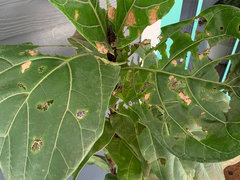


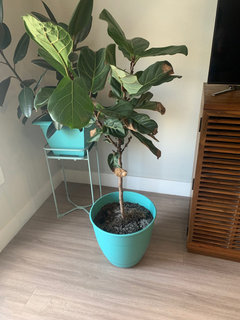

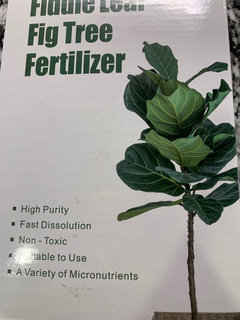
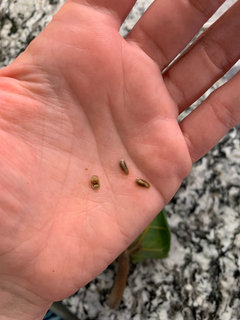


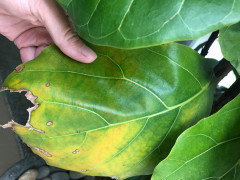


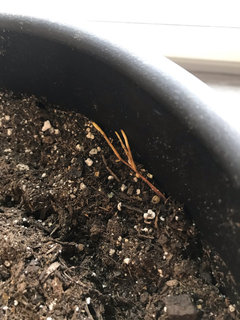
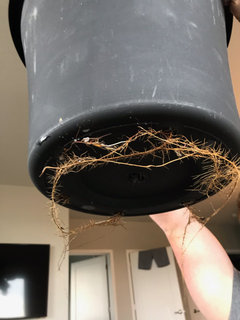
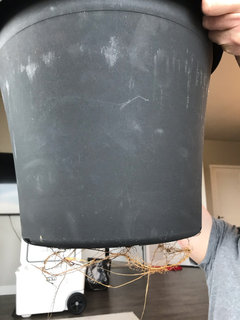


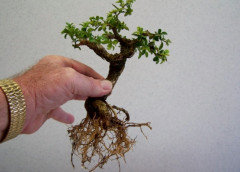
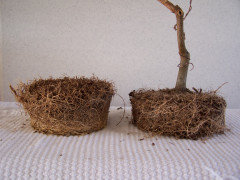
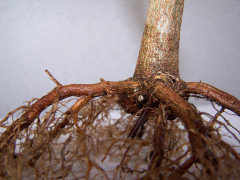
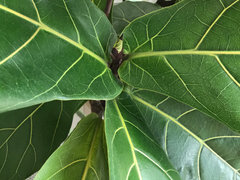

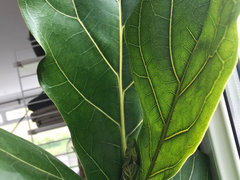
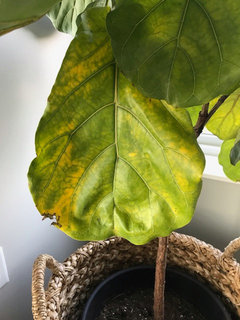


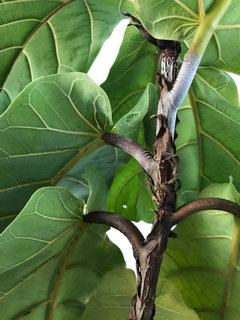
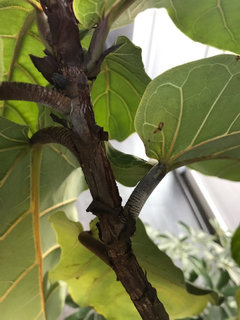

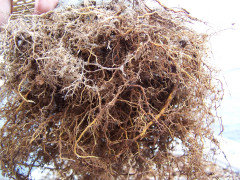
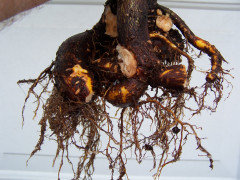



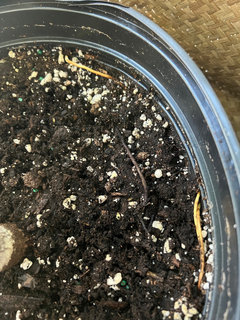



tapla (mid-Michigan, USDA z5b-6a)